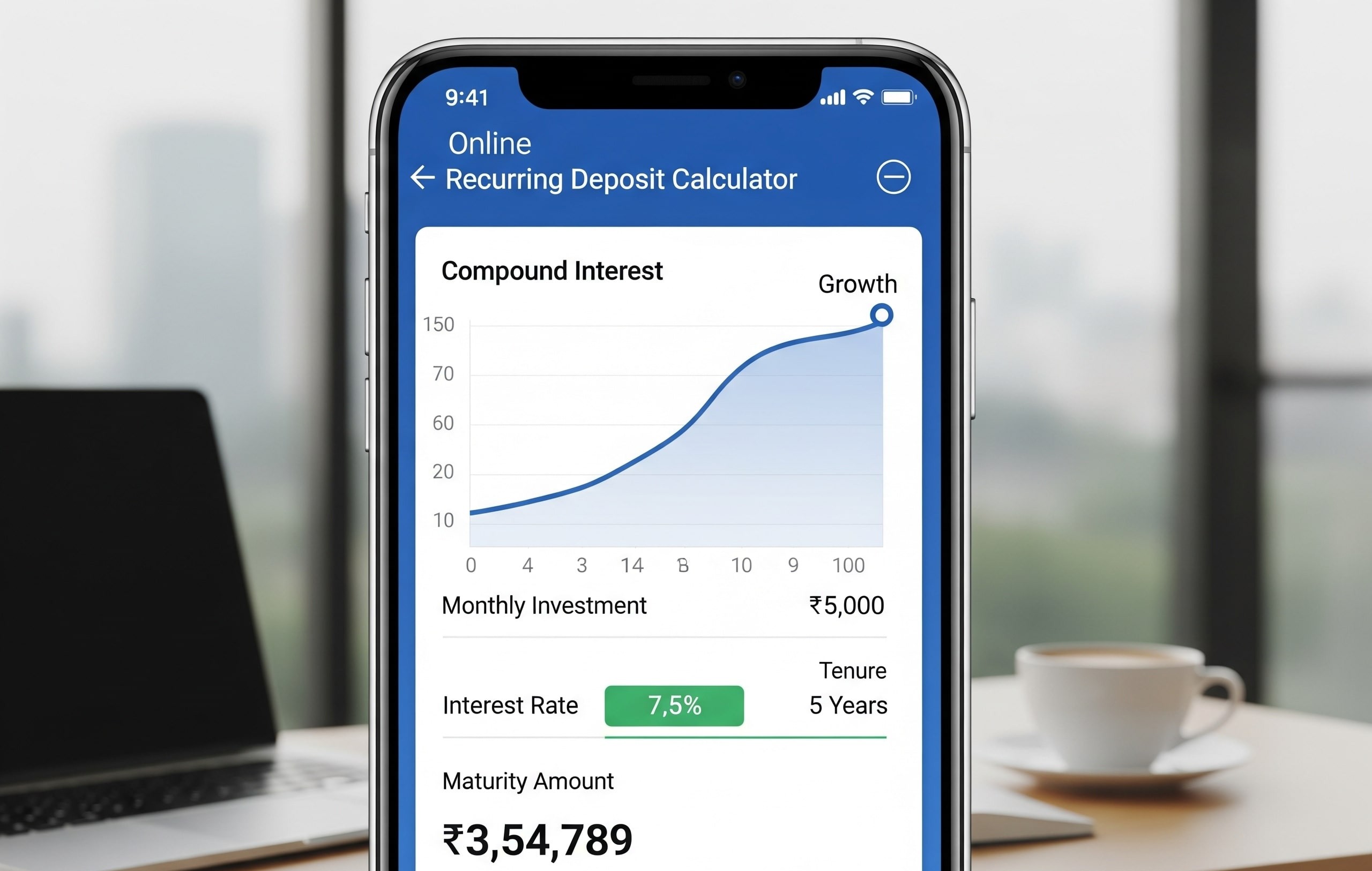
Are you making good money but unsure how to make it work for you? Get control of your own finances and grow your money by investing wisely. In fact, the percentage of investors under the age of 30 has almost doubled in the last six years, rising from 22.5% to 40%. This trend shows that an increasing number of young professionals are taking charge of their financial future.
There are so many options available, so deciding where to start can feel impossible. Mutual funds [MFs] are a good place to start, but how to create mutual fund portfolio is something that needs a clear strategy. Here’s how you can structure your mutual fund investments to meet your goals and put you on a path to long-term success.
Step 1: Identify Your Goals
Before entering the mutual funds world, it’s essential to set your financial goals. How to create mutual fund portfolio starts with this foundational step. Think of your goals as the foundation of your investment journey. Are you saving to buy a dream home, preparing for your child’s education, or building a retirement fund? Understanding what you’re saving for will allow you to make wiser investment decisions.
Your goals also determine your investment horizon and risk tolerance. Long-term goals, such as retirement planning, enable you to take more risk, while short-term goals, such as a vacation fund, necessitate a more conservative strategy.
Step 2: Choose the Right Investment Options
You have made your goals; now it’s about selecting the investment options that are in line with them.
- For short to medium-term goals (1–3 years), debt funds help you generate returns with stability and relatively lower risk.
- If your goals are long-term (5 years+), equity investments are a better choice, as they have higher potential returns over time. Remember, short-term equity markets can be volatile.
- If you don’t know where to begin, index funds are a great option. These funds track the market index, providing broad exposure at lower costs.
Also Read: Stock Market: Top 5 sectors to perform well in the next 10 years | Best Investment Plan for 5 Years
Step 3: Diversify Your Portfolio
Diversification is crucial for risk management. Once you have identified your investment goals and appropriate asset classes, diversify your investments across various categories.
For example, if you are saving for the higher education of your child (which is 10–12 years away), you can distribute:
- 60% to equity
- 30% to debt
- 10% to gold
Within equities, consider a mix of large-cap, mid-cap, and small-cap funds to balance growth and stability.
Step 4: Allocating Assets Strategically
Once you have diversified your risk exposure, the next step is the strategic allocation of assets. It also helps to provide the right amount of stability and growth, depending on your financial goals and risk profile.
For a moderately risk-tolerant investor, the asset allocation strategy could be:
| Asset Class | Allocation Percentage |
| Large-Cap Equity Funds | 40% |
| Mid-Cap Equity Funds | 20% |
| Debt Funds | 30% |
| Cash or Liquid Funds | 10% |
This allocation enables equity funds to drive long-term growth while debt and liquid funds provide stability and liquidity. Adjust allocations based on financial goals and market conditions for better portfolio management.
Step 5: Review and Rebalance Your Portfolio
Regular check-ins are a vital part of a good investment strategy. Review your portfolio at least once a year. This ensures it remains aligned with your financial goals.
- Rebalancing
Market changes can alter your asset allocation. Make adjustments to your investments if necessary in order to maintain that desired balance in your portfolio
- Performance check
If a fund continues to underperform for two or more years, switch to a better alternative.
Step 6: Stay Disciplined for Long-Term Growth
Consistency and discipline are two vital attributes that will help you to develop an investment habit. Stick to your plan, and don’t get distracted by market movements. Missing SIP payments or making impulsive decisions can disrupt your wealth-building journey.
Equity funds have given better returns over the long term, rewarding those who stay invested. By regularly reviewing your ideal mutual fund portfolio, you can stay on track while making any adjustments you need to continue to grow.
Essential Factors for Choosing Mutual Funds
As you create your MF portfolio, consider the following key factors:
- Risk Tolerance
Mutual funds come with varying risk levels. If you prefer a safer approach, look into debt or balanced funds. If you’re comfortable with market volatility, equity funds may be a better fit for you. Your asset allocation should match your comfort level with risk.
- Fund Expenses
Mutual funds charge you for managing your investment with fees called expense ratios. Lower expense ratios indicate more of your money remains invested, which can lead to better returns over time.
- Performance History
Look at a fund’s long-term performance, not just short-term profits. Several years of steady growth is a better sign of stability and reliability.
Also Read: Mutual Fund Calculator: Your Guide to Smarter Investment Planning | What Are Hybrid Mutual Funds?
Final thoughts
Creating an ideal mutual fund portfolio begins with having a clear plan. Knowing how much risk you can handle helps you make the right decisions, and good diversification keeps your investments balanced. Regular check-ins ensure you remain on track, and disciplined investing, like SIPs, can cause significant growth in the long term. Investing is not all about numbers.
It’s about choosing things that determine your future. And each small action you take today brings you one step closer to that financial independence goal. Get started today and see your wealth grow over time!
FAQs
1. What is a mutual fund portfolio?
A mutual fund portfolio contains a mix of mutual funds that are chosen based on your financial goals, risk appetite, and investment strategy.
2. How can a beginner invest in mutual funds?
To get started, set financial goals, assess risk tolerance, choose the right mutual funds, and invest via a lump sum amount or SIP.
3. How much do you need to start investing in mutual funds?
A few mutual funds can be invested in at once in low amounts like ₹500 through the Systematic Investment Plan (SIP) mode.
4. How to avoid falling into high-risk mutual funds?
Invest across asset classes, industries, and fund types to balance risk and reward.
5. How often should I review my mutual fund investments?
Review your portfolio once a year or every six months to ensure it remains suitable to your financial goals and the market environment.
Hello there, my name is Phulutu, and I am the Head Content Developer at Nivesh Karlo. I have 13 years of experience working in fintech companies. I have worked as a freelance writer. I love writing about personal finance, investments, mutual funds, and stocks. All the articles I write are based on thorough research and analysis. However, it is highly recommended to note that neither Nivesh Karlo nor I recommend any investment without proper research, and to read all the documents carefully.






Leave a Reply